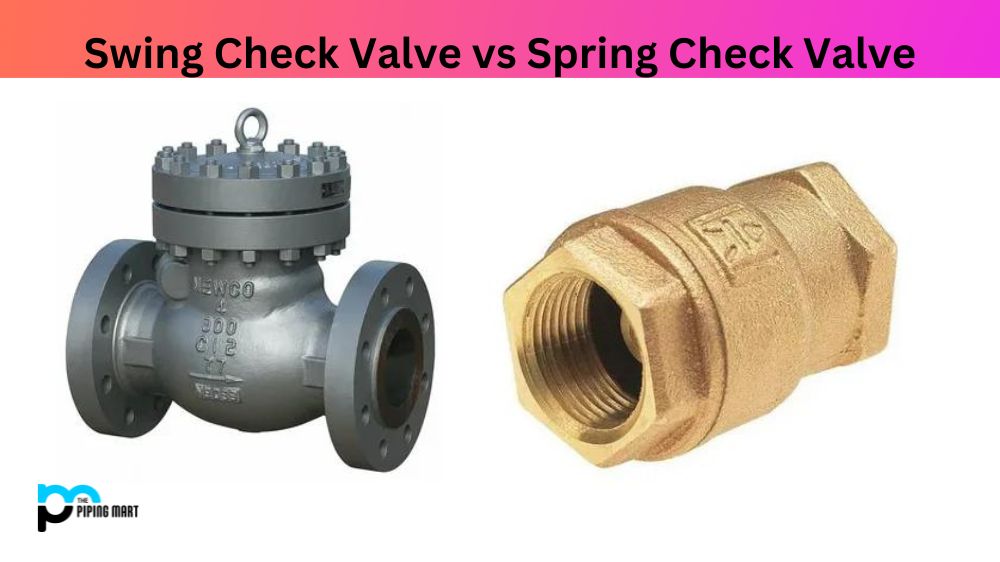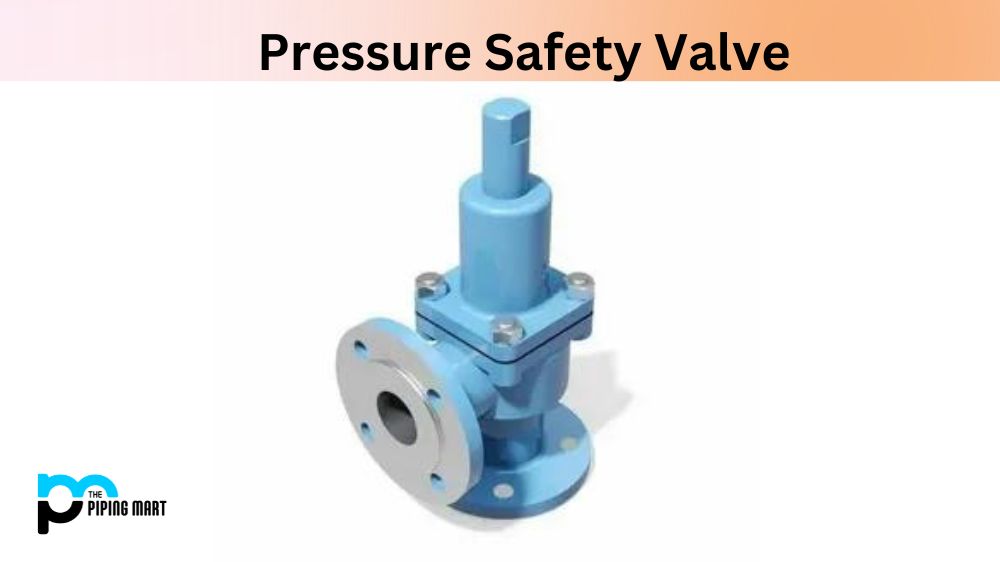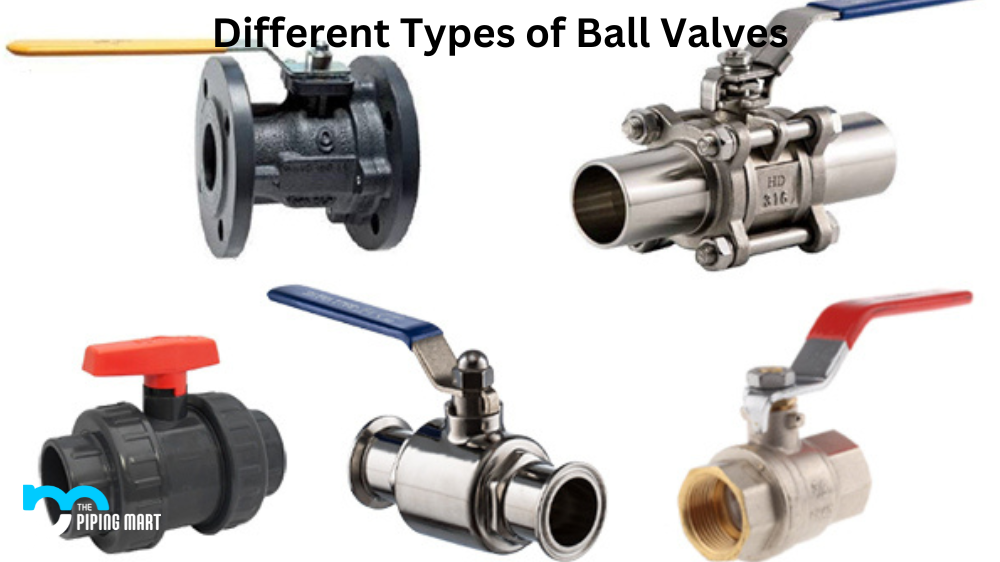When selecting the right valve for your plumbing system, you may feel overwhelmed with the various options available. Choosing the correct valve for your application is essential, and this means understanding the fundamental differences between swing check valves and spring check valves. This blog post will provide a detailed comparison between the two valve types, helping you make an informed decision.
What is Swing Check Valve?
Swing check valves are non-return valves designed to prevent the reverse flow of a fluid. They are composed of two parts: a body and a disc. When in the closed position, the disc blocks any backward flow or pressure surge; when in the open position, fluids pass through with minimal restriction. Swing check valves are commonly used in water systems due to their efficiency and ease of maintenance.
What is Spring Check Valve?
A Spring Check Valve is a non-return valve used to prevent the backflow of fluids. It consists of a tapered or cone-shaped disc inside a housing that is compressed by a spring. The spring force keeps the disc in contact with its seat and prevents backflow when pressure from upstream builds up. When downstream pressure increases, the valve opens, allowing flow in both directions until upstream pressure is restored.
Difference Between Swing Check Valve and Spring Check Valve
Working Mechanism
Swing check valves and spring check valves work on entirely different mechanisms. A swing check valve operates on a swinging mechanism and relies on gravity to keep the valve closed. When the fluid flows in the desired direction, the valve opens easily, and when the flow reverses, the closure occurs through the valve’s swinging motion. On the other hand, spring check valves have a spring-loaded disk. As the pressure on the inlet side exceeds the outlet pressure, the valve opens against the movement of the spring. Once the flow reverses, the disk gets pushed back against the spring, thus closing the valve.
Installation
Swing check valves and spring check valves also differ in their installation methods. Typically, swing check valves require a higher installation position than spring check valves because of their swing mechanism. This means that they cannot be used in vertical installations where the valve cannot swing open. On the other hand, spring check valves can be installed horizontally or vertically, making them an ideal choice for most applications.
Performance
The performance of swing and spring check valves can also vary significantly. Swing check valves can have a higher resistance to flow due to their design, leading to a drop in system pressure. They are also prone to water hammer and can create vibrations damaging the pipeline. In contrast, spring check valves provide a more reliable and smoother performance, with little to no water hammer and vibrations.
Maintenance
Maintenance requirements can also help you decide which valve best suits your plumbing system. Spring check valves have a simple and easy-to-maintain design. The spring, seat, and disc can be replaced without removing the pipeline’s valve. Swing check valves, however, require a more comprehensive and time-consuming maintenance method. This is due to their complicated design, which includes a swinging mechanism that must be precisely aligned.
Cost
Finally, the cost is important in determining which valve is the right choice for your plumbing system. Typically, swing check valves are less expensive than spring check valves. However, it would help if you considered the additional maintenance and replacement costs, which could be higher for swing check valves. In contrast, although spring check valves may be more expensive, their higher reliability and less costly maintenance can mean a lower cost of ownership over time.
Conclusion:
The selection of swing check valves vs spring check valves involves weighing the performance characteristics, installation requirements, maintenance, and cost. Ultimately, the best choice for your plumbing system will depend on these factors and your individual system requirements. Ensure that you consult with the experts and make an informed decision. This blog post has given you a basic understanding of the differences between swing and spring check valves.
Sakshee is a talented blogger, with a particular focus on the Business and Metal Industry. She is passionate about sharing her insights on various metal products and helping professionals to make a better decisions.



